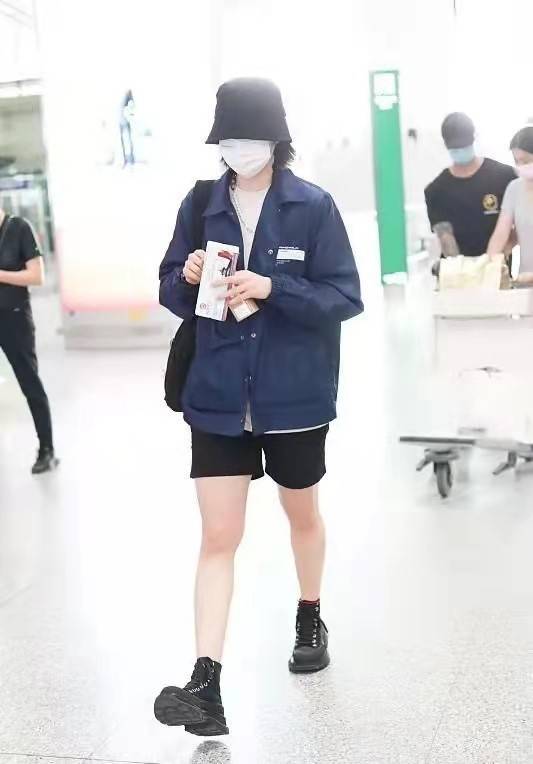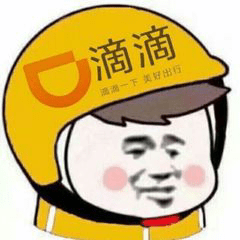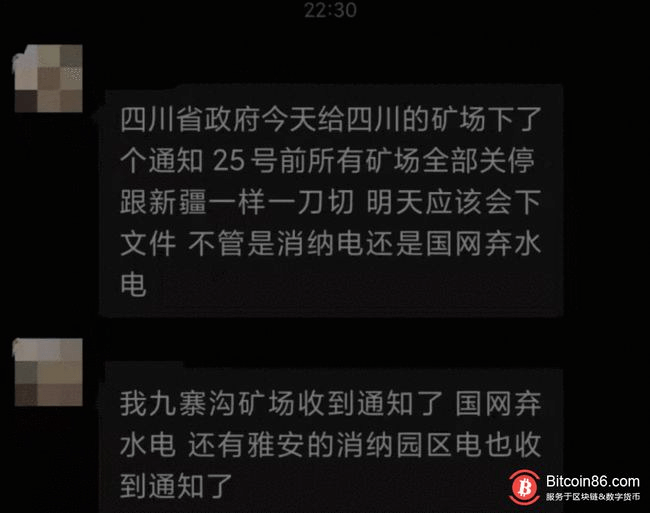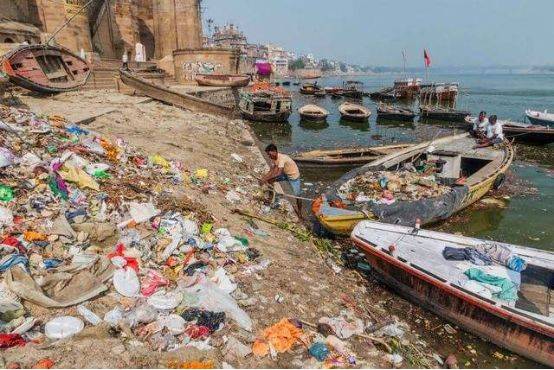The beautiful Mapo bridge over the Han River in Seoul is the place known as the most beautiful place to watch the sunset in Korea. But this is also the place where the most tragedy occurs when witnessing many suicides.
The beautiful Mapo bridge over the Han River in Seoul is a place where couples often go on dates as well as watch the sunset, see the colorful city at night, but it is also the place where the most tragedies happen.
 Messages posted on Mapo Bridge as a solution to prevent suicide tự There is a story that, as long as you get into a taxi in Seoul and say to the driver, “Please let me go to Mapo Bridge”, they will certainly immediately inquire and find out if you are there. .. bored life or not. In 2012, the Seoul city government and Samsung life insurance company jointly launched a campaign to fight suicide in this country called “Bridge for Life”.
Messages posted on Mapo Bridge as a solution to prevent suicide tự There is a story that, as long as you get into a taxi in Seoul and say to the driver, “Please let me go to Mapo Bridge”, they will certainly immediately inquire and find out if you are there. .. bored life or not. In 2012, the Seoul city government and Samsung life insurance company jointly launched a campaign to fight suicide in this country called “Bridge for Life”.  Have you eaten yet? Specifically, they made a series of lights on the bridge body with meaningful messages written on the bridge such as: “How was your day?”, “Have you eaten yet?”, ” The best moment of your life has not yet come!”, “Let’s have a cup of coffee”,… to wake up those who intend to leave this life so that they know that life is beyond the front is very beautiful, many new things are waiting for them and let’s try to step through everything to enjoy the fun things ahead.
Have you eaten yet? Specifically, they made a series of lights on the bridge body with meaningful messages written on the bridge such as: “How was your day?”, “Have you eaten yet?”, ” The best moment of your life has not yet come!”, “Let’s have a cup of coffee”,… to wake up those who intend to leave this life so that they know that life is beyond the front is very beautiful, many new things are waiting for them and let’s try to step through everything to enjoy the fun things ahead.  Let’s have some coffee together! However, after this campaign was promoted for more than a year, the suicide rate at Mapo Bridge increased 6 times. This is indeed a sad ending to the great effort of the Seoul city government. After the project went bankrupt, the Korean government continued to fight with the initiative to install an anti-suicide system on Mapo Bridge. The system has security cameras that are specially programmed to “catch” those who are looking for death. At the same time raise the Mapo bridge fence by 1 meter.
Let’s have some coffee together! However, after this campaign was promoted for more than a year, the suicide rate at Mapo Bridge increased 6 times. This is indeed a sad ending to the great effort of the Seoul city government. After the project went bankrupt, the Korean government continued to fight with the initiative to install an anti-suicide system on Mapo Bridge. The system has security cameras that are specially programmed to “catch” those who are looking for death. At the same time raise the Mapo bridge fence by 1 meter.  How are you today? When there is an alarm, a team of doctors and psychologists will be on the scene within 3 minutes. In addition, authorities have implemented many other measures such as banning the production of toxic pesticides, psychological counseling services for people at risk of suicide, etc.
How are you today? When there is an alarm, a team of doctors and psychologists will be on the scene within 3 minutes. In addition, authorities have implemented many other measures such as banning the production of toxic pesticides, psychological counseling services for people at risk of suicide, etc.  Sayings that are said to be clichés Who say to someone who is about to jump off a bridge is: “Just try it now!” From one of the world’s poorest countries to the world’s 12th largest economy, the sudden transformation has had huge social consequences in South Korea, according to Professor Ranjit Kumar Dhawan of the University of South Korea. Jawaharlal Nehru (India). The rapid financial boom has led to an ideological shift from collectivism to individualism, causing many families to fall apart, many to feel isolated. In Korea, suicide is considered the most terrible epidemic. Suicide affects not only family members but also friends around. At that time, they did not know how hurt their loved ones were. According to the Organization for Economic Co-operation and Development (OECD), in 2010, South Korea had the highest suicide rate. According to statistics, about every 100,000 people, 33.5 people seek death. That means, every day Korea can record up to 50 suicides. Many tourists, when crossing the Mapo bridge and reading the above messages, return with a heavy mood. They just wish that if people could love each other more, share together to reduce stress or deadlock in this life, there wouldn’t be many tragedies. They wonder, what if this is the most beautiful place to watch the sunset with its true meaning? School of death This strange-sounding thing is a booming service at the Seoul Hyowon Heal Center (or more nakedly known as the “school of death”) in the capital, Seoul. Among the students are teenagers who can’t cope with exam pressure, parents stuck after their children run away from home, and elderly people who don’t want to be a burden on their children. They sat listening to lectures right in the middle of the coffins, which would then be used to hold fake funerals for themselves. The lecture came from the center’s director, Jeong Yong-mun, who used to work for a funeral company, about accepting problems as an inevitable part of life and trying to find joy in situations. difficult situations. The mock funeral began with practitioners taking pictures with their own black bandages. Then, they will write a will or suicide note to leave the family before entering the coffin in traditional costume. The purpose of this therapy is to let the insiders absorb the pain of those left behind. Then, a man dressed in black with a long hat representing the God of Death closed the coffin lid, marking the moment to the afterlife. Alone with the darkness inside the coffin for about 10 minutes – an unprecedented experience in life, it is said to help those lying inside can reflect on the meaning and value of life.
Sayings that are said to be clichés Who say to someone who is about to jump off a bridge is: “Just try it now!” From one of the world’s poorest countries to the world’s 12th largest economy, the sudden transformation has had huge social consequences in South Korea, according to Professor Ranjit Kumar Dhawan of the University of South Korea. Jawaharlal Nehru (India). The rapid financial boom has led to an ideological shift from collectivism to individualism, causing many families to fall apart, many to feel isolated. In Korea, suicide is considered the most terrible epidemic. Suicide affects not only family members but also friends around. At that time, they did not know how hurt their loved ones were. According to the Organization for Economic Co-operation and Development (OECD), in 2010, South Korea had the highest suicide rate. According to statistics, about every 100,000 people, 33.5 people seek death. That means, every day Korea can record up to 50 suicides. Many tourists, when crossing the Mapo bridge and reading the above messages, return with a heavy mood. They just wish that if people could love each other more, share together to reduce stress or deadlock in this life, there wouldn’t be many tragedies. They wonder, what if this is the most beautiful place to watch the sunset with its true meaning? School of death This strange-sounding thing is a booming service at the Seoul Hyowon Heal Center (or more nakedly known as the “school of death”) in the capital, Seoul. Among the students are teenagers who can’t cope with exam pressure, parents stuck after their children run away from home, and elderly people who don’t want to be a burden on their children. They sat listening to lectures right in the middle of the coffins, which would then be used to hold fake funerals for themselves. The lecture came from the center’s director, Jeong Yong-mun, who used to work for a funeral company, about accepting problems as an inevitable part of life and trying to find joy in situations. difficult situations. The mock funeral began with practitioners taking pictures with their own black bandages. Then, they will write a will or suicide note to leave the family before entering the coffin in traditional costume. The purpose of this therapy is to let the insiders absorb the pain of those left behind. Then, a man dressed in black with a long hat representing the God of Death closed the coffin lid, marking the moment to the afterlife. Alone with the darkness inside the coffin for about 10 minutes – an unprecedented experience in life, it is said to help those lying inside can reflect on the meaning and value of life.





























































You must log in to post a comment.